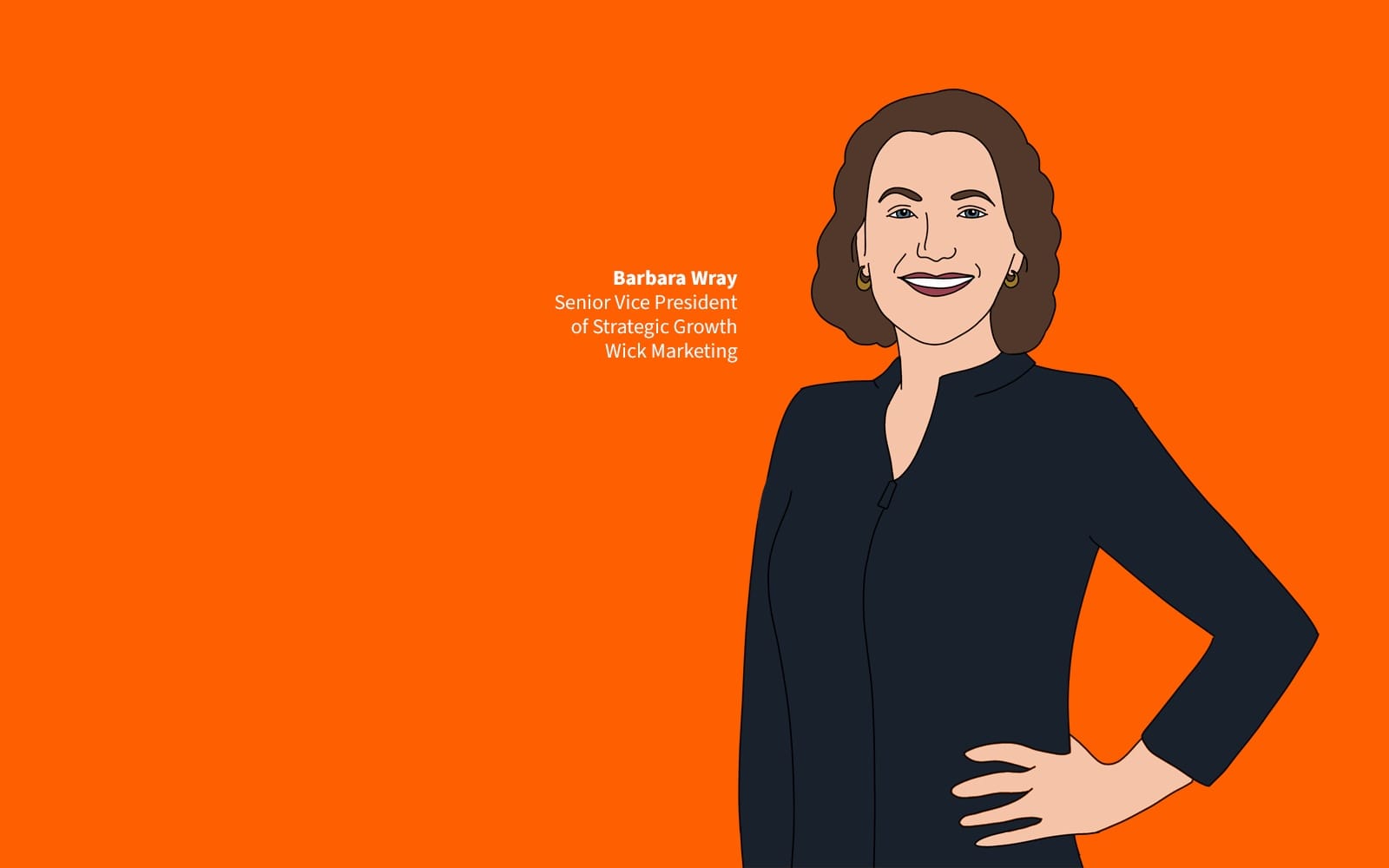Architecture
Design For Now, Market To What Homebuyers Are Really Feeling
What 60 ideas from the IBS stage reveal about how design, messaging, and community can meet today’s buyers where they are — mentally, practically, and with empathy.

Some of the most important signals about what today’s buyers want are showing up in places we don’t always expect—bathroom finishes, the location of the laundry room, even rooftop layouts. They’re subtle, but together they say something big: expectations are shifting, and so is the opportunity to meet them with a design that works harder, feels better, and connects more deeply.
That was the energy behind “60 Design Ideas in 60 Minutes,” a session I co-presented in February at the International Builders’ Show alongside four standout professionals in research, design, architecture, and custom homebuilding, moderated by Lesley McCarthy of Builders Design. The pace was fast, but the ideas were grounded.
What stood out to me most was how each one reflected a broader truth: today’s buyers are navigating a new set of needs, pressures, and possibilities, and the role of design is shifting with them.
Buyers bring their own pressures to the process — economic, emotional, and lifestyle-driven. Homes, communities, and the experiences surrounding them now carry a heavier lift: to offer relief, connection, and clarity in a time that feels anything but simple.
Design trends are speeding up and blending together,” said Mikaela Arroyo, VP at the New Home Trends Institute and chief of staff at John Burns Research and Consulting. “Thanks to social media, everything feels fleeting. But with no clear ‘in’ style, there’s more freedom for people to express themselves however they want.”
That freedom is fueling a more personalized design landscape—one where no single lifestyle or layout defines the standard. And it’s pushing everyone involved, from architects to marketers, to respond with more flexibility, more purpose, and a deeper sense of how people want to feel in the places they call home.
Designing for a Wide Range of Lives
U.S. Census Bureau data shows that non-parent households reached record levels in 2023. This is reshaping who we design for and how their spaces need to function.
Not every household needs a nursery. Many need two offices, a flexible guest suite, or a kitchen that handles more takeout than home-cooked meals. Sometimes, the change is structural. Sometimes, it’s as simple as relocating the laundry room to make mornings smoother.
We’re using dual layouts to give buyers meaningful choices without changing room size or complicating construction,” said Dave Copenhaver, managing partner at BSB Design. “It simplifies construction and enhances lifestyle.”
And that, at the core, is what so many buyers are looking for: not complexity, but consideration.
Connection, Calm, and the Emotional Layer of Design
Wellness has long been trending. But it’s evolving—less a checklist, more a design lens grounded in how people want to feel at home.
Nature-inspired materials are transforming bathrooms into personal retreats,” said Sarah Breen, VP of marketing at CDC Designs. “We’re seeing natural stone, warm wood textures, and earthy tones come together to create a spa-like escape rooted in wellness and simplicity.”
Chris Bolio, regional partner at Alair Homes, has seen it too, as requests for fitness spaces, saunas, and cold plunges become part of the program—not as luxuries, but as lifestyle essentials.
Wellness is the baseline now,” he said. “Buyers are thinking about how a home supports their mental and physical well-being.”
But wellness isn’t only personal. It’s social. The desire for connection is shaping what outdoor living looks like. Rooftop decks. Entertainment-ready patios. Community spaces that don’t feel tacked on, but rather are central to the experience of living well. And master-planned communities designed to bring people together in spaces that suit the lifestyle they’re seeking.
What the Message Needs to Say
One of the points I shared on stage is that the customer experience doesn’t start with the model visit. It starts far earlier, often with a scroll, a search, or another digital first impression of the brand.
The best outcomes happen when the same insight shapes marketing and design: a clear understanding of who the buyer is and what they’re looking for. That’s where the story begins. Every touchpoint should reflect the heart and soul of the brand and affirm to the buyer that they’re in the right place.
Is it about the countertop? Maybe. But more often, it’s about what the space says: We thought about you.
The goal is to create alignment—from the design to the website to the way a sales professional describes the primary suite. When all of it reflects a meaningful, consistent story, buyers feel it. They don’t have to decode the value. They understand it — because it was designed with them in mind, and they can tell.
Designing Places Where People Want to Be
Josh Kassing of Mary Cook Associates said:
It’s not uncommon for builders to seek out the latest ‘silver bullet’ to amenity success.” He added, “Current design and amenity ‘trends’ aren’t really even trends at all. They’re reinventions of existing programs—smarter, more market-specific, and implemented with greater intentionality.”
That point of view isn’t about predicting what’s next. It’s about tuning into the now — how people live, what they prioritize, and how to beautifully design a space (and a buying experience) in ways that continue to matter well beyond move-in day.
The future isn’t a style or a feature set. It’s a mindset — one rooted in real life, shaped by shifting values, and made visible through design choices that say: We see you. We’ve thought about you. You belong here.
MORE IN Architecture
Car-Free, Heat-Smart, People-First: Culdesac’s Bold Model
Architect Daniel Parolek and Opticos Design answered with Culdesac Tempe, the nation’s first purpose-built, car-free community. With shade-rich design, missing middle housing, and a self-sustaining mix of homes and businesses, it’s a climate-conscious model now scaling to nearby Mesa.
How A Gamble On Floor Plans Can Be a Win for Homebuilders
If done right, floor plans can remove uncertainty for homebuyers and help builders close the sale. My top advice: Keep things simple, and make sure your teams understand how to read plans.
How Tim O’Brien Homes Is Re-Wiring Its Buyers' Experience
In a market defined by hesitation, speed and certainty separate survivors from stragglers. Tim O’Brien Homes shows how technology can deliver both.
